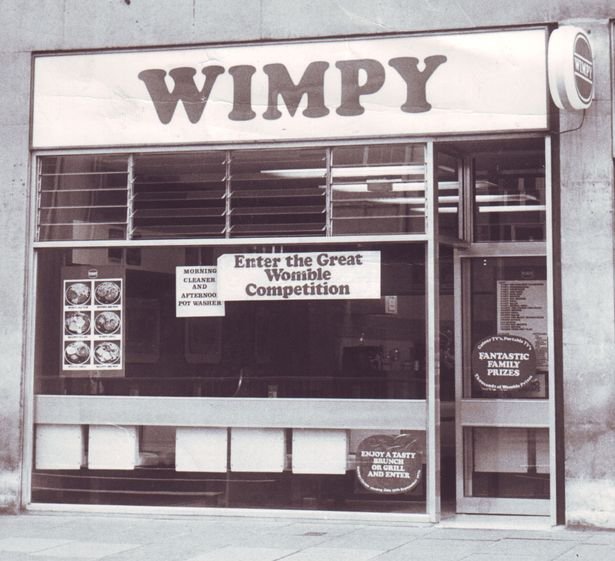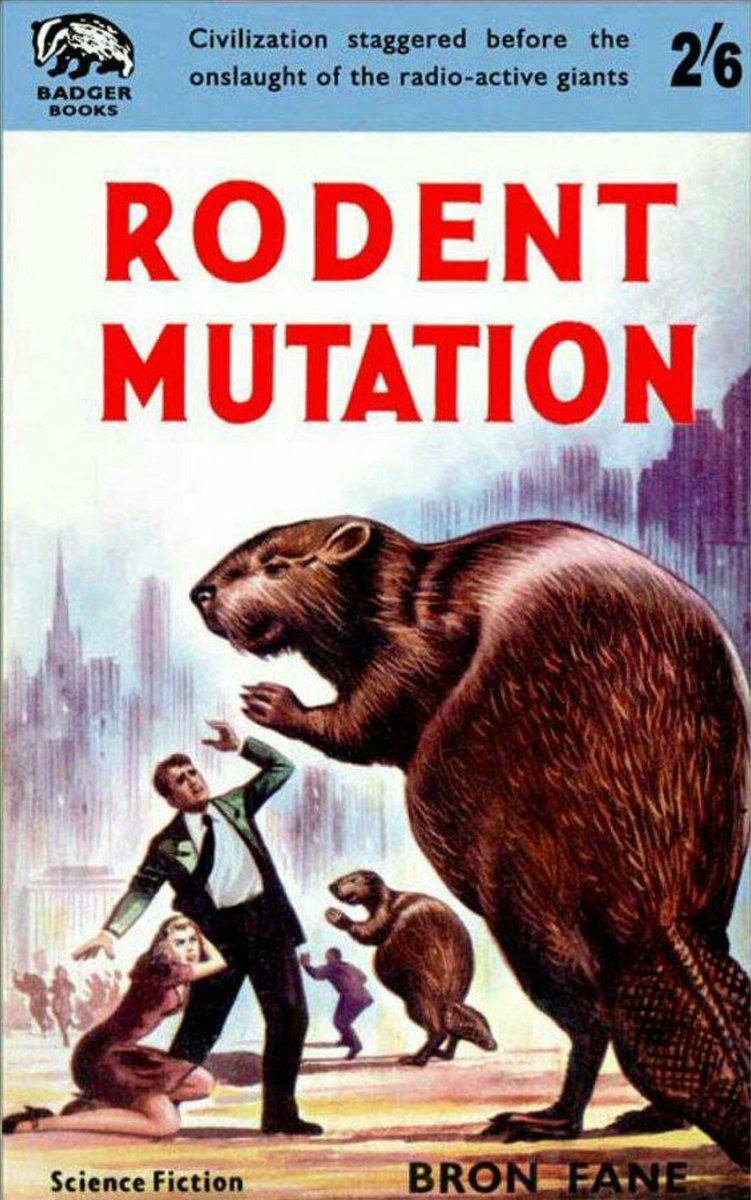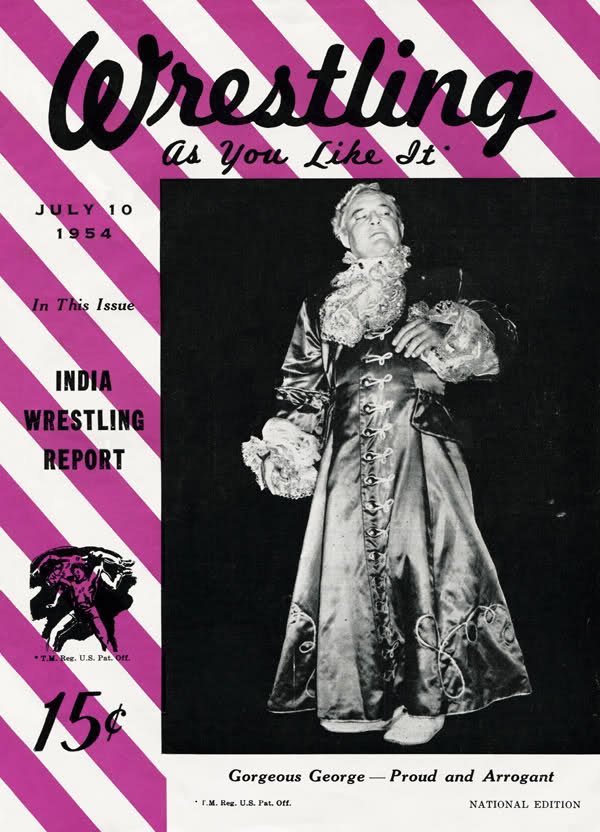
The Wimpy chain originally began in 1934 in Chicago. The name was inspired by the character of J. Wellington Wimpy from the Popeye cartoons created by E. C. Segar. 

And in 1954 the company sold a license to J. Lyons & Co - owners of the Lyons Corner House - to use the Wimpy name in the United Kingdom. 

For twenty years Wimpy was the dominant hamburger chain in the Britain. McDonald's would not enter the UK market until 1974, followed two years later by Burger King. 

Wimpy built on the Lyons Corner House business model of fast table service for people wanting a quick meal: no cutlery, pre-packaged condiments and a wipe-clean table.
Sounds a bit like Nandos...
Sounds a bit like Nandos...

The Wimpy Bar was a well known feature of many towns and cities in Britain and Ireland throughout the 70s and 80s. In July 1977, the business was acquired by United Biscuits. 

Under this new management Wimpy began to phase out table service and adopted the more traditional counter service of rivals McDonald's. 

Wimpy's UK mascot was Mr Wimpy, an orange figure dressed as an oversized Beefeater. He was famous enough to feature in his own video game. 

And no children's party was complete without a Mr Wimpy surprise: normally a badge and a comic rather than a personal appearance alas. 



Wimpy did have some bizarre ideas though. In the early 1970s it stopped unaccompanied women coming in on their own after midnight as they might be prostitutes. In protest the Wembly Women's Lib group stormed the Golders Green branch after midnight demanding to be served! 

In 1989 Wimpy was sold to Grand Metropolitan, who began converting many of them into more profitable Burger King outlets.
But 170 Wimpys still exist in the UK, owned by South African company Famous Brands.
But 170 Wimpys still exist in the UK, owned by South African company Famous Brands.

Perhaps in retrospect Wimpys wasn't the true taste of America was yearning for. But we loved it regardless, because it was there and it was ours. 

Wimpy was the home of the Shanty Salad, the Big Bender and the lethal Brown Derby dessert. For many people it was a childhood right of passage and one of the few exciting places on the High Street.
Its glory days may be behind it, but Wimpy - Twitter sales you!

Its glory days may be behind it, but Wimpy - Twitter sales you!


• • •
Missing some Tweet in this thread? You can try to
force a refresh































